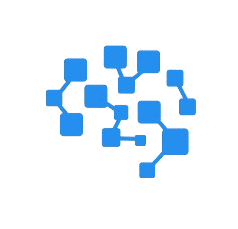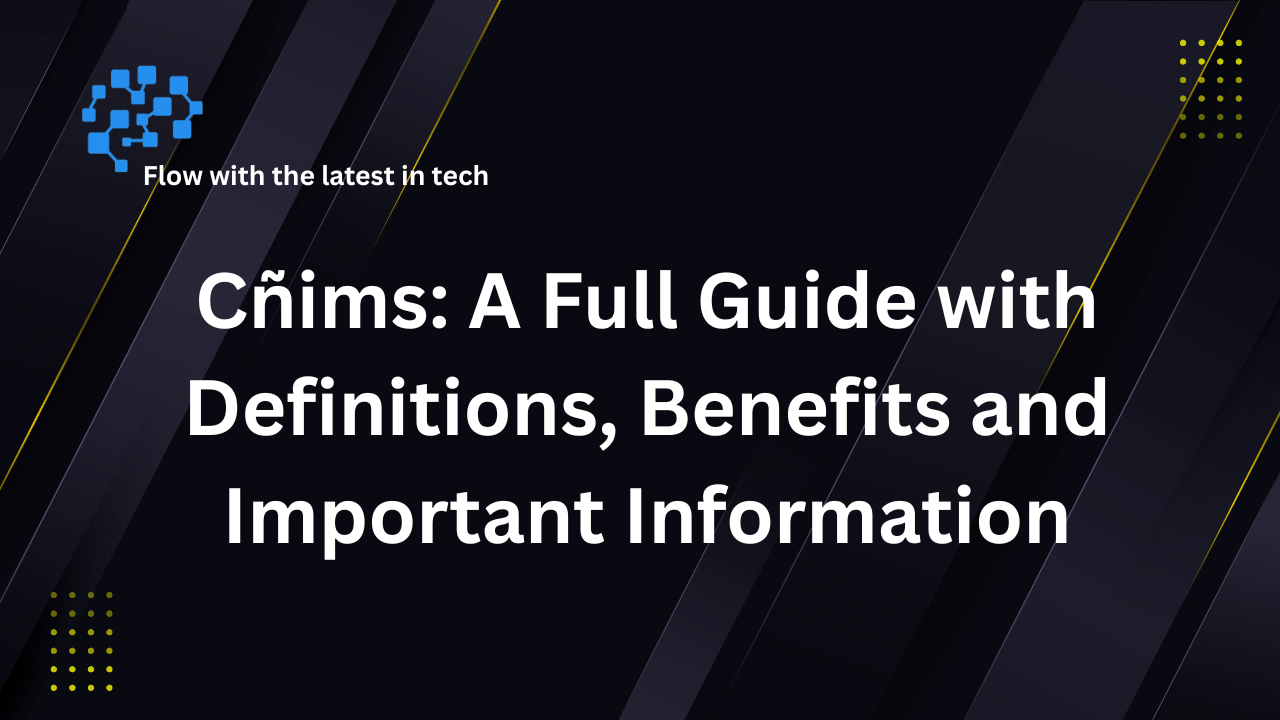Table of Contents
Beginning
New frameworks are always coming out in a time when technology data and systems thinking are the most important things for businesses and people to do. Cñims is one idea that is getting a lot of attention in 2025. The phrase may sound strange or even abstract at first but it is actually a strong way to coordinate navigate handle information and be sustainable.
The concept of Cñims is predicated on the increasing demand for clarity amidst complexity. Companies governments and people all have to deal with a lot of information markets that move quickly and an environment that requires flexibility. Cñim offers a systematic but flexible way to design carry out and review initiatives.
This blog will explain:
What Cñim means,
Why it’s vital
How it works in real life
The pros and cons
Things to think about before using it, and
A thorough conclusion about how it could shape the future.
You’ll realize at the end why Cñim is more than just a buzzword it’s a way to do well in complicated systems.
What is Cñims?
Cñims is a whole information and management system that aims to find a balance between clarity, navigation, integration, monitoring, and sustainability.
Cñim is all about making sense of complicated things. It organizes information sets up procedures and gives you tools to make decisions in real time.
Important Things About Cñims
Clarity makes it easier to understand enormous amounts, of data and turn them into useful information.
Navigation—helps plan long-term tactics by showing the route.
Integration means bringing together different tools or processes into one system.
Monitoring means keeping an eye on progress, all the time to make sure everyone is responsible.
Sustainability means, planning for the long term and being flexible.
For example
In Business: A corporation can utilize Cñim to keep all teams on the same page, track KPIs, and manage projects.
In Education: A school might use Cñim to keep track of lesson plans, digital tools, and how well students are doing.
In their personal lives, people might use Cñims to plan their careers, set fitness goals, or manage their money.
What makes Cñims so important?
Cñims is important since it may be used in many different ways and can change to fit different situations. These are the main reasons:
Brings order to chaos
In today’s environment, where things change quickly, too much information might be too much for people and businesses. Cñim puts it into systems that are easy to handle.
Helps with Decision Making
Cñims gives you data driven insights, that lower risks and help you make smarter choices.
Encourages Responsibility
People and teams can be held accountable for their success, when there are clear milestones.
Makes things work better
It cuts down on work that is done more than once by combining tools and procedures.
Works in all fields
Cñims can be used in many different settings such as healthcare education governance and personal growth.
Encourages Thinking About the Future
Cñims is built to last unlike short term fixes.
How Does Cñims Work?
The Cñims structure uses a cycle of Plan Act Monitor and Adjust.
Step 1: Make a plan
Set a goal or vision.Split it up into smaller more specific goals.
Step 2: Do something
Use the tactics, in your personal life at work or in school.
Step 3: Keep an eye on
Check your progress via metrics KPIs or feedback systems.
Step 4: Change
Change your plans as needed to fit the current situation.
Example in the Health Field
A hospital uses Cñim to keep track of patient care. It schedules treatment, keeps an eye on healing, changes medications, and keeps an eye on results all the while.
A Business Example
Cñims helps a startup flourish. It makes quarterly goals, keeps track of sales, changes marketing plans, and combines all of these things into one system.
Benefits of Cñims
Clarity and Focus: By breaking down complex tasks into basic steps it helps, people understand what they need to do.
Flexibility: It can be used in numerous, businesses and for varied needs.
Efficiency—stops resources from being wasted and work from being done twice.
Scalability: It can work for people, small groups, or big companies.
Accountability—encourages people to take accountability by showing them how they are making progress.
Future oriented: keeps shortbterm activities in mind while working toward long term goals.
Can be used in many fields including business education healthcare government and personal life.
Cñims: The Bad
Learning Curve—It can be too much for new users.
Risk of Over Planning: Some people, might spend too much time planning and not enough time doing.
Needs Discipline—Staying consistent is important, but it can be hard.
Dependence on Technology—Many apps depend on digital tools that may not always be available.
Setting Up Takes a Lot of Time—It can take a lot of work to build the whole system.
Not Foolproof—Things like changes in the market or crises can still slow things down.
Things to Think About Before Using Cñims
If you’re thinking about getting Cñim here are the most important things to think about:
Set Clear Goals Unclear goals make things less effective.
Time Commitment Regular checks are very important.
Resources Available: Some tools may cost money to use.
Flexibility Mindset: Be willing to change, your plans.
Measurement Metrics: Choose how to keep track of achievement KPIs milestones.
Team Alignment: Make sure everyone knows, how the system works.
Integration with Existing Tools: It’s important that things work together.
Scalability: Pick architecture that can grow with your demands.
Safety and privacy are very important especially in banking and healthcare.
Sustainability: Don’t take on too much work.
Skill Development: Teach teams how to run the system.
Continuous Review: Create a culture of giving and getting criticism and making things better.
Uses of Cñims
Business: managing projects making plans for the future and dealing with customers.
Education: making lesson plans keeping track of students and using technology in the classroom.
Healthcare: managing patients preventing illness and making hospitals work better.
Government: making policies planning cities and responding to disasters.
Personal growth includes making plans for your finances fitness objectives and career.
Creative Fields keeping track of deadlines and balancing new ideas with old ones.
Environmental Monitoring: keeping an eye on climatic data and sustainable development.
Research and Academia organizing data, setting deadlines for publishing and working together.
Case Studies: Business Growth Case Study 1
A medium-sized business uses Cñim to grow its business around the world. Sales went up by 35% in two years by balancing short-term victories with long-term aspirations.
Case Study 2: School
A university used Cñim to develop its curriculum. The outcome was enhanced student performance monitoring and increased teaching effectiveness.
Case Study 3: Health Care
To make patient care easier, a hospital started using Cñim. There were 20% fewer mistakes in treatment, and overall satisfaction went up.
Case Study 4: Growth as a Person
One person used Cñim to organize their career. They made a plan for their skills, set targets, and kept track of their progress, which helped them change jobs successfully.
Cñims Frequently Asked Questions
Q1: Is Cñims just for businesses?
No, it’s flexible enough to be used in schools hospitals the government and for personal usage.
Q2: Does Cñims need software?
Not all the time. You can start with just a notebook or a spreadsheet.
Q3: Can Cñims help you save time?
Yes. It makes things, more efficient by stopping people from doing the same thing twice and wasting resources.
Q4: Is Cñims easy for beginners?
It can be but it’s best to start modest.
Q5: Does Cñims promise success?
No system can ensure success, but it does make it more likely that you will reach your goals.
In conclusion
Cñims is more than simply a modern framework it’s a way to deal with the complexity of the world today that is both structured and adaptable. It gives people teams and organizations the power to make long term progress by focusing on clarity navigation integration monitoring and sustainability.
The benefits efficiency accountability and long term growth far outweigh the challenges even though it takes time effort and money.
If you’re a company leader teacher healthcare worker or just someone who wants to set personal objectives using Cñim can help you make better decisions lower your stress and see a clearer path to the future.

